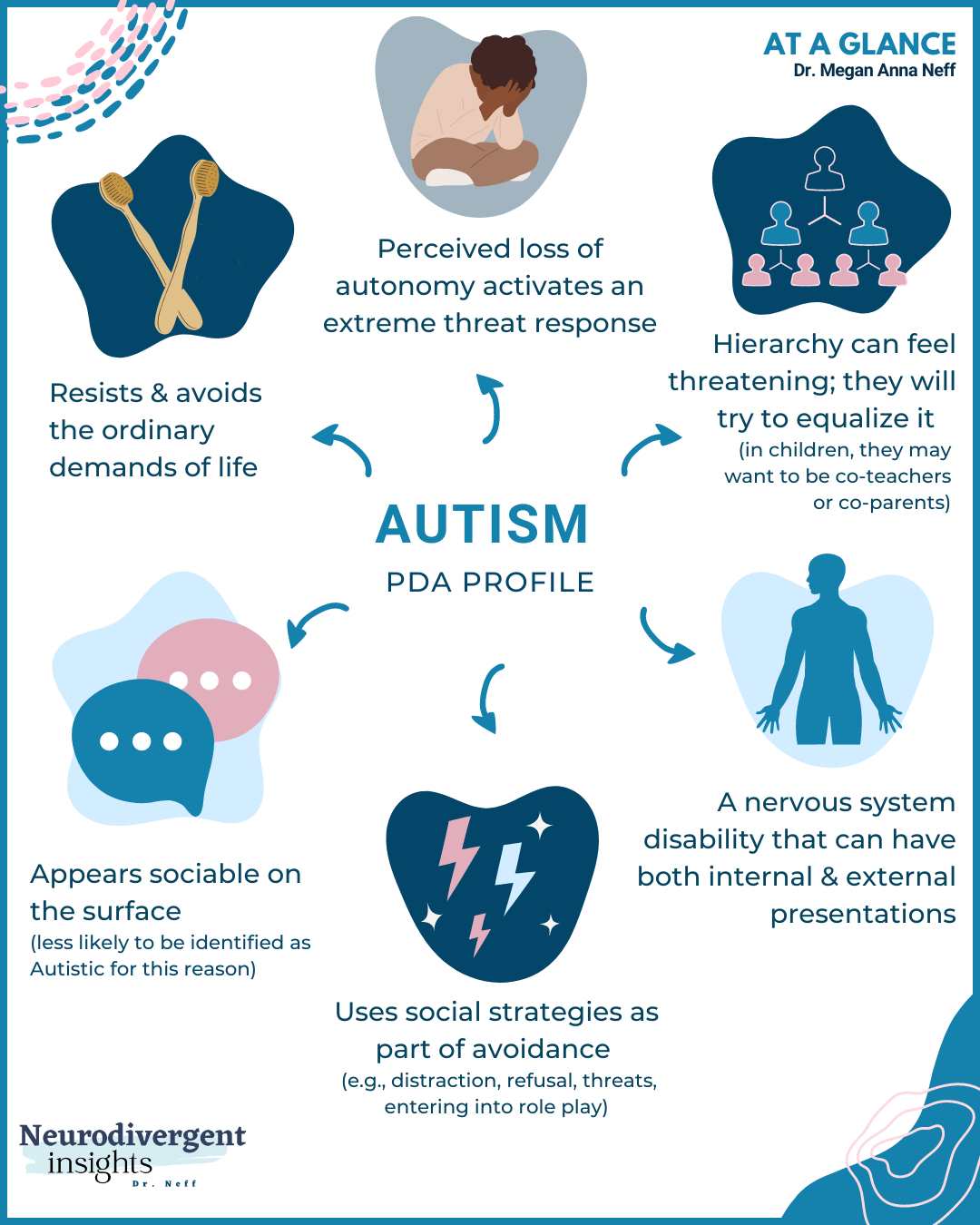Comprehending Autism: A Comprehensive Guide to Indicators and Signs
Autism Spectrum Condition (ASD) encompasses a wide array of qualities that can substantially impact a person's social interactions and daily functioning. Comprehending these subtleties not only aids caregivers and teachers in supplying proper support however additionally cultivates an extra comprehensive setting for people with ASD.
Summary of Autism Spectrum Condition
Defining Autism Spectrum Disorder (ASD) involves recognizing it as a complex neurodevelopmental condition characterized by a range of challenges in social communication, interaction, and behavior patterns. The term "spectrum" shows the broad variability in symptoms and their intensity, which can vary substantially from one person to one more. ASD commonly manifests in early childhood, although some people may not receive a medical diagnosis until later in life.
Variables influencing the development of ASD include genetic predispositions and ecological variables, although the precise causes continue to be under examination. Diagnosis frequently relies on behavior analyses, as there are no conclusive medical examinations for ASD. Early intervention is crucial and can dramatically enhance outcomes, concentrating on boosting communication abilities, social interactions, and flexible habits.
Individuals with ASD might also display special staminas, such as phenomenal interest to detail or details locations of knowledge. Understanding the diverse nature of ASD is important for cultivating an inclusive atmosphere that accommodates neurodiversity. Continued research is vital for creating effective interventions and support group, allowing people with ASD to thrive and meet their possible within society.
Typical Signs of Autism
Acknowledging the usual signs of Autism Spectrum Condition (ASD) is important for early identification and treatment. These indications can differ widely in extent and presentation, yet certain qualities are regularly observed in people with ASD.
One of the most prevalent signs is a significant difficulty in maintaining and establishing eye contact. People may likewise exhibit minimal passion in social communications and reveal a choice for solitary play.
Sensory sensitivities are also common; individuals might underreact or panic to sensory stimulations, such as lights, textures, or noises. autism. Language growth can be atypical, with some youngsters showing delayed speech or utilizing language in uncommon methods, consisting of echolalia-- repeating sentences or expressions heard in other places
It is vital to note that not every person with ASD will present all these indications, and the level of these habits can differ significantly. Early recognition permits prompt assistance and sources, enhancing the lifestyle for those on the range.
Social Interaction Obstacles
Social interaction challenges are a hallmark of Autism Range Condition (ASD), impacting a person's capability to involve successfully with others. These problems can manifest in numerous ways, consisting of difficulties in launching and preserving conversations, understanding social signs, and responding suitably in social interactions.
People with ASD may fight with nonverbal communication, such as eye get in touch with, face expressions, and body language. This can bring about misunderstandings, as their communicative intent might not be correctly translated by others. Furthermore, they might locate it challenging to realize the nuances of tone and context, which are necessary for effective interaction.
In group setups, people with ASD may feel overwhelmed and may not recognize exactly how to sign up click this with in conversations (autism). They might likewise show atypical conversational patterns, such as monologuing concerning specific rate of interests without identifying social reciprocity
Furthermore, these obstacles can cause social seclusion or problems in developing partnerships, as peers may misinterpret their habits or interaction design. Recognizing these social communication challenges is vital for fostering encouraging atmospheres that promote social skills advancement and boost the top quality of communications for people on the autism range.
Sensory Level Of Sensitivities and Responses
Many people with Autism Range Problem (ASD) experience increased sensory sensitivities that can dramatically influence their daily lives. An individual with ASD more information may find day-to-day noises, such as a vacuum cleanser or crowded atmospheres, overwhelmingly traumatic, leading to stress and anxiety or meltdowns.
Sensory processing differences in people with ASD can also influence their ability to involve in regular activities and social interactions. A youngster who is delicate to touch might resist physical love or avoid specific clothing materials. A choice for particular textures or preferences can restrict dietary choices and develop challenges during nourishments.
Comprehending these sensory level of sensitivities is essential for recognizing the special experiences of people with ASD. Awareness of their sensory profiles can foster much better communication and support methods, developing a setting that suits their demands and boosts their lifestyle. Inevitably, acknowledging sensory sensitivities is an essential part of understanding the more comprehensive range of autism.

Supporting Individuals With Autism
Reliable assistance for individuals with Autism Spectrum Condition (ASD) is crucial for improving their total health and fostering self-reliance. Assistance approaches should be tailored to satisfy the special requirements of each person, considering their toughness and challenges.

Social abilities training can additionally play a pivotal role. autism. Engaging individuals in group activities or role-playing situations can improve their capability to browse social communications. Additionally, it is important to inform relative, caregivers, and peers regarding ASD to promote find more a inclusive and helpful area
Verdict
By promoting enhanced interaction and social abilities, individuals with autism can browse their atmospheres more efficiently. Eventually, boosted understanding and assistance can substantially enhance the top quality of life for those impacted by ASD.
Autism Spectrum Condition (ASD) encompasses a broad range of attributes that can considerably influence an individual's social communications and everyday performance.Individuals with ASD might struggle with nonverbal interaction, such as eye contact, face expressions, and body language.Numerous people with Autism Spectrum Condition (ASD) experience heightened sensory sensitivities that can dramatically affect their day-to-day lives.Sensory processing distinctions in people with ASD can also impact their ability to engage in social communications and routine activities.Comprehending these sensory sensitivities is necessary for identifying the distinct experiences of people with ASD.